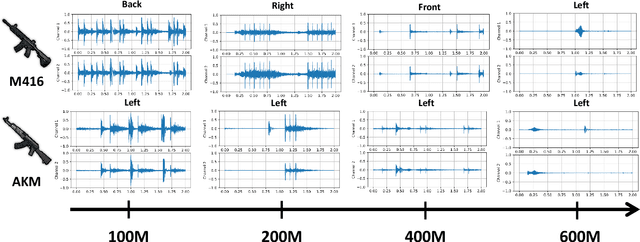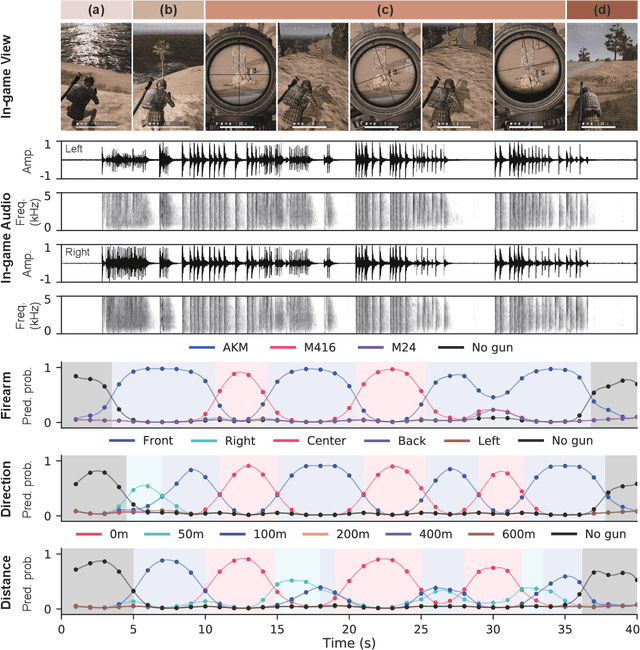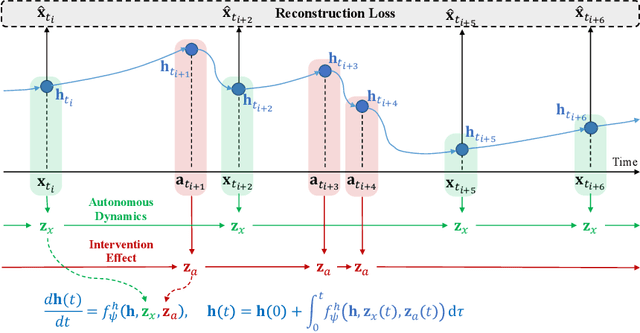Gyuhyeon Sim
Enemy Spotted: in-game gun sound dataset for gunshot classification and localization
Oct 12, 2022



Abstract:Recently, deep learning-based methods have drawn huge attention due to their simple yet high performance without domain knowledge in sound classification and localization tasks. However, a lack of gun sounds in existing datasets has been a major obstacle to implementing a support system to spot criminals from their gunshots by leveraging deep learning models. Since the occurrence of gunshot is rare and unpredictable, it is impractical to collect gun sounds in the real world. As an alternative, gun sounds can be obtained from an FPS game that is designed to mimic real-world warfare. The recent FPS game offers a realistic environment where we can safely collect gunshot data while simulating even dangerous situations. By exploiting the advantage of the game environment, we construct a gunshot dataset, namely BGG, for the firearm classification and gunshot localization tasks. The BGG dataset consists of 37 different types of firearms, distances, and directions between the sound source and a receiver. We carefully verify that the in-game gunshot data has sufficient information to identify the location and type of gunshots by training several sound classification and localization baselines on the BGG dataset. Afterward, we demonstrate that the accuracy of real-world firearm classification and localization tasks can be enhanced by utilizing the BGG dataset.
Neural Ordinary Differential Equations for Intervention Modeling
Oct 16, 2020



Abstract:By interpreting the forward dynamics of the latent representation of neural networks as an ordinary differential equation, Neural Ordinary Differential Equation (Neural ODE) emerged as an effective framework for modeling a system dynamics in the continuous time domain. However, real-world systems often involves external interventions that cause changes in the system dynamics such as a moving ball coming in contact with another ball, or such as a patient being administered with particular drug. Neural ODE and a number of its recent variants, however, are not suitable for modeling such interventions as they do not properly model the observations and the interventions separately. In this paper, we propose a novel neural ODE-based approach (IMODE) that properly model the effect of external interventions by employing two ODE functions to separately handle the observations and the interventions. Using both synthetic and real-world time-series datasets involving interventions, our experimental results consistently demonstrate the superiority of IMODE compared to existing approaches.
 Add to Chrome
Add to Chrome Add to Firefox
Add to Firefox Add to Edge
Add to Edge